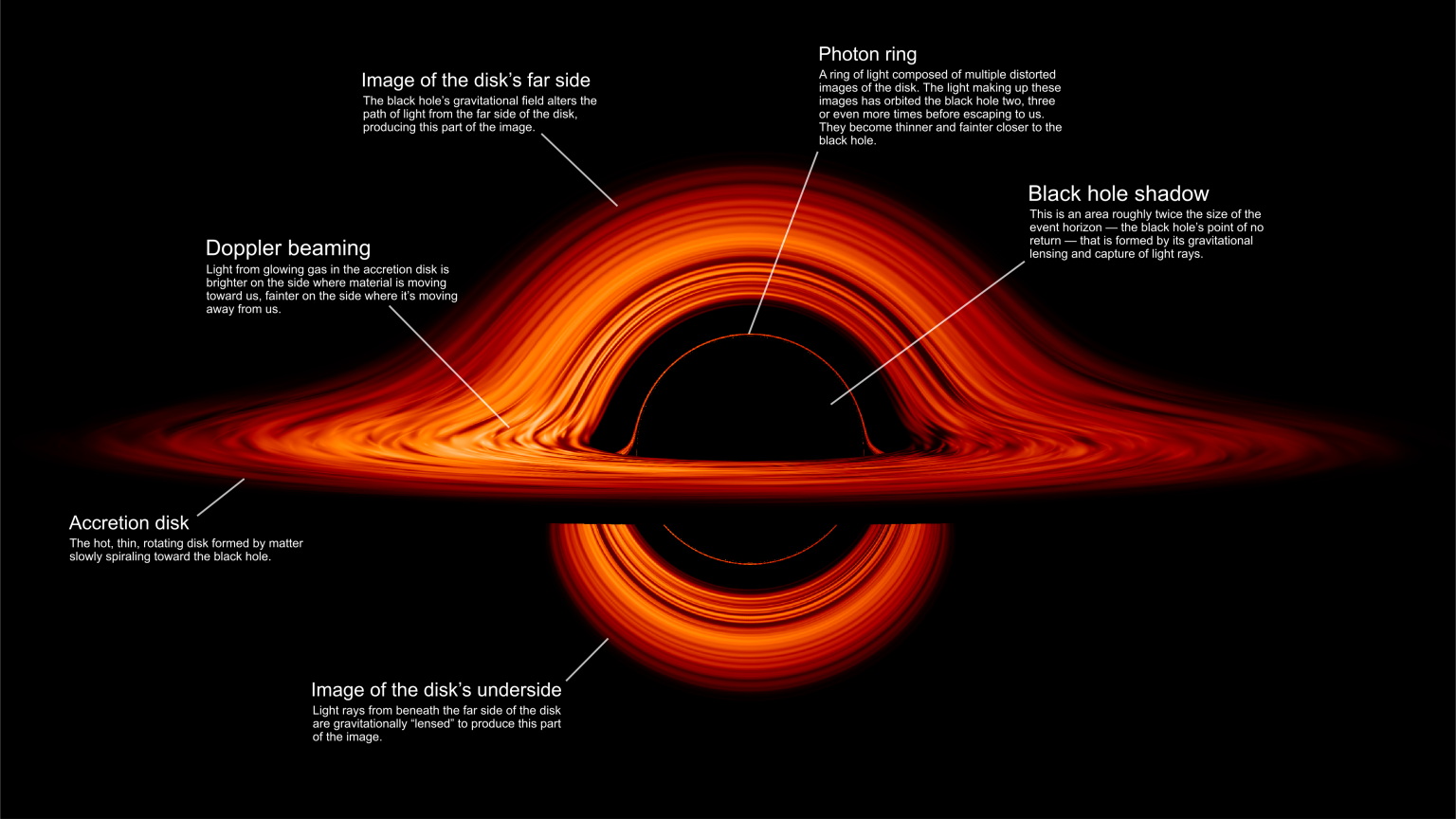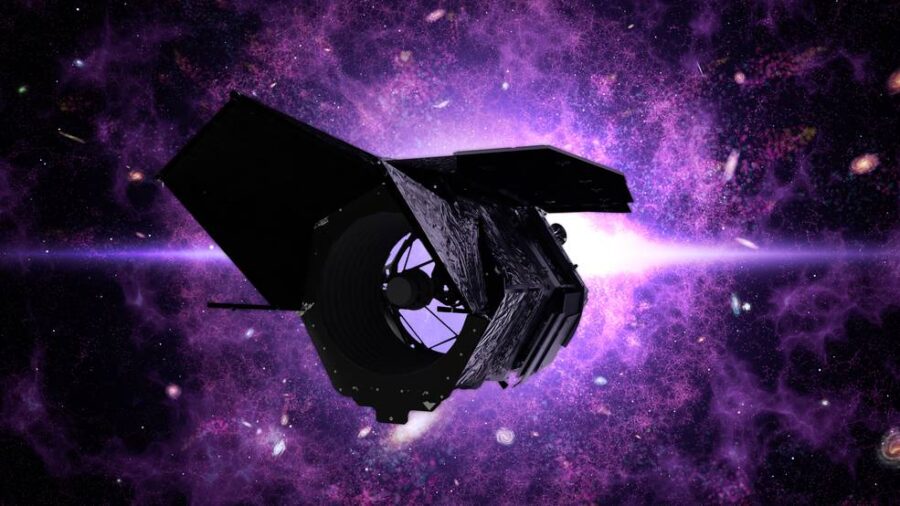News
WHAT’S UP(COMING)! – Observation Calendar May-Jul 2025
Source for events and links are In-The-Sky.org, Dominic Ford, Editor. The links provide details for each event including a scale on how difficult they are to observe. May 2 – Asteroid 4 Vesta at opposition May 3 – Conjunction of the Moon and Mars May 5 – Close approach of Mars and M44 – Equinox on Saturn May 6 – η-Aquariid meteor shower 2025 peak May 8 – η-Lyrid meteor shower 2025 peak May 9 – Asteroid 9 Metis at opposition May 12 – Full Moon – Messier 5 is well placed May 22 – Conjunction of the Moon and Saturn May 23 – Conjunction of the Moon and Venus May 26 – New Moon May 28 – Conjunction of the Moon and Jupiter May 31 – Venus at greatest elongation west Jun 1 – Conjunction of the Moon and Mars – Venus at dichotomy Jun 2 – The Great Globular Cluster in Hercules is well placed Jun 3 – Messier 12 is well placed Jun 5 – Messier 10 is well placed Jun 10 – Daytime Arietid meteor shower 2025 peak Jun 11 – Full Moon – Messier 92 is well placed Jun 18 – Close approach of the Moon, Saturn and Neptune – The cluster IC 4665 is well placed Jun 20 – June solstice Jun 22 – Conjunction of the Moon and Venus Jun 24 – Mercury at highest altitude in evening sky Jun 25 – New Moon Jun 27 – June Bootid meteor shower […]
Vera Rubin Observatory: Astronomy’s New Workhorse
The building of the Vera C. Rubin Observatory on Cerro Pachón in northern Chile. The telescope sits in the cylindrical dome on the upper right; the control room, offices, and the coating plant are located in the multi-story left part of the building. Credit: Govert Schilling Since the early 21st century, Cerro Pachón, a 2,700-meter (8,900-foot) mountain in Chile, has been home to NOIRLab’s 8.1-meter Gemini South Telescope and the 4.1-meter Southern Astrophysical Research (SOAR) Telescope. But over the past decade, a third facility has been erected here, named after dark matter pioneer Vera C. Rubin. Later this year, the huge 8.4-meter instrument will start a massive 10-year survey of the sky, hunting for transient phenomena and producing a 3D map of the universe (see the June 2024 issue of Sky & Telescope). “We’ve experienced a number of delays, partly due to the Covid pandemic,” says Opazo, “but I’m absolutely certain that first light will be achieved this year.” The unusual but elegant design of the 10-story observatory building minimizes air turbulence that might affect the observations. I don’t see an official entrance or reception; instead, Opazo takes me through a metal door, next to a small plaque commemorating the […]
With NASA’s Webb, Dying Star’s Energetic Display Comes into Full Focus
NASA’s James Webb Space Telescope has taken the most detailed image of planetary nebula NGC 1514 to date thanks to its unique mid-infrared observations. Webb shows its rings as intricate clumps of dust. It’s also easier to see holes punched through the bright pink central region. Credits: NASA, ESA, CSA, STScI, Michael Ressler (NASA-JPL), Dave Jones (IAC) Gas and dust ejected by a dying star at the heart of NGC 1514 came into complete focus thanks to mid-infrared data from NASA’s James Webb Space Telescope. Its rings, which are only detected in infrared light, now look like “fuzzy” clumps arranged in tangled patterns, and a network of clearer holes close to the central stars shows where faster material punched through. “Before Webb, we weren’t able to detect most of this material, let alone observe it so clearly,” said Mike Ressler, a researcher and project scientist for Webb’s MIRI (Mid-Infrared Instrument) at NASA’s Jet Propulsion Laboratory in southern California. He discovered the rings around NGC 1514 in 2010 when he examined the image from NASA’s Wide-field Infrared Survey Explorer (WISE). “With MIRI’s data, we can now comprehensively examine the turbulent nature of this nebula,” he said. This scene has been forming for at […]

How Come We’ve Never Observed a Black Hole Decaying?
A black hole, even in radio wavelengths alone, will exhibit a large number of different features owing to the bending of light by the curved space surrounding the black hole. Some of the material from behind the black hole, some of the material from in front of the black hole, and some photons from all around it will be bent and sent off along any particular line-of-sight. No radiation generated by quantum processes outside the event horizon, known as Hawking radiation, has ever been detected. Credit: NASA’s Goddard Space Flight Center/Jeremy Schnittman All throughout the Universe, ranging from just a few times our Sun’s mass all the way up to supermassive scales, black holes are found almost everywhere. According to Stephen Hawking and the concept of Hawking radiation, black holes cannot remain stable forever, but must inevitably decay. And yet, across the entire Universe for all the time we’ve been observing it, we’ve never once seen a black hole actually decay. There’s a scientific reason for why. Use the link below to read about it. (Source: Big Think)

NASA’s Space Science Budget: Major Cuts Loom Large
The Nancy Grace Roman Space Telescope — which is being developed on schedule and within budget — is on the chopping block, according to a recent draft budget issued by the Office of Management and Budget. Credit: NASA The prospect that NASA’s space science budget could face major cuts is prompting worried feedback. Those wake-up alarms are being sounded due to an Office of Management and Budget (OMB) draft budget called a “passback” to the space agency. The OMB passback reportedly axes a number of projects, such as the Nancy Grace Roman Space Telescope, the DAVINCI mission to Venus, and the space agency’s Mars Sample Return mission. It may also close down NASA’s Goddard Space Flight Center in Maryland, which employs about 10,000 people. Reaction to that news from the space science community has been swift. The American Astronomical Society (AAS) stated that it is “gravely concerned” about the reported deep cuts to NASA science funding for Fiscal Year 2026. If left unchallenged, the nearly 50% cut to the NASA Science Mission Directorate “would be catastrophic to our nation’s leadership in the space sciences, damaging a broad range of research areas that are unlikely to be supported by the private […]
Juno Mission Gets Under Jupiter’s and Io’s Surface
JunoCam, the visible light imager aboard NASA’s Juno, captured this enhanced-color view of Jupiter’s northern high latitudes from an altitude of about 36,000 miles (58,000 kilometers) above the giant planet’s cloud tops during the spacecraft’s 69th flyby on Jan. 28, 2025. Credit: Image data: NASA/JPL-Caltech/SwRI/MSSS Image processing: Jackie Branc (CC BY) New data from the NASA’s Jovian orbiter sheds light on the fierce winds and cyclones of the gas giant’s northern reaches and volcanic action on its fiery moon. NASA’s Juno mission has gathered new findings after peering below Jupiter’s cloud-covered atmosphere and the surface of its fiery moon, Io. Not only has the data helped develop a new model to better understand the fast-moving jet stream that encircles Jupiter’s cyclone-festooned north pole, it’s also revealed for the first time the subsurface temperature profile of Io, providing insights into the moon’s inner structure and volcanic activity. Team members presented the findings during a news briefing in Vienna on Tuesday, April 29, at the European Geosciences Union General Assembly. “Everything about Jupiter is extreme. The planet is home to gigantic polar cyclones bigger than Australia, fierce jet streams, the most volcanic body in our solar system, the most powerful aurora, and […]
